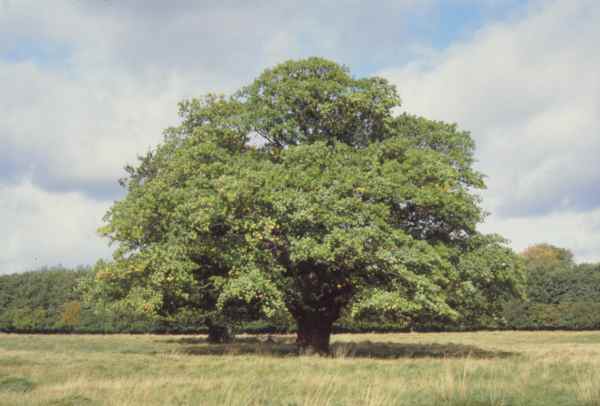 Metro Grand Rapids is breaking from the mold by being a LEEDer. (More on LEED) According to the U.S. Green Building Council there are more LEED-certified buildings per capita in the metro area than anywhere else in the country. The United Nations University recognizes Grand Rapids as center of expertise in Education for Sustainable Development. There is no secret for these distinctions. When the Interurban Transit Partnership's downtown transit center was completed it was lauded as the Nation's first LEED certified transit facility. This distinction becomes even more important as the current transit system is an asset in helping to preserve the local environment.
Metro Grand Rapids is breaking from the mold by being a LEEDer. (More on LEED) According to the U.S. Green Building Council there are more LEED-certified buildings per capita in the metro area than anywhere else in the country. The United Nations University recognizes Grand Rapids as center of expertise in Education for Sustainable Development. There is no secret for these distinctions. When the Interurban Transit Partnership's downtown transit center was completed it was lauded as the Nation's first LEED certified transit facility. This distinction becomes even more important as the current transit system is an asset in helping to preserve the local environment.Considering transit's connection to environmental sustainability, USGBC's LEED program may have a continual compliment in local transportation. The possibility of a future light-rail system that moves people and lessens the burden on the environment is exciting. A system may be able to adhere by LEED standards and common practices in the environmental sustainability movement to further Grand Rapids' image as a Green city.
What does this mean for transit, though?
A future rail maintenance facility could collect rain water to wash light-rail vehicles. Rain collected could also be used for flushing toilets in commuter trains and station bathrooms. Utilizing catch basins for rain water will allow for less reliance on the municipal water system. Park and ride lots for suburban commuters can include porous asphalt to reduce runoff. These practices, however small, represent workable solutions for the environment.
The approaches of the sustainability movement may have positive funding and costs implications for a light-rail system here.
- A practice in sustainable architecture is to reuse materials where possible. Using second-hand material becomes a two fold solution for local transit. 1.) reduces the need for energy to make the new material (reducing environmental impact) and 2.)can provide a reduction in costs. Practical reclamation of materials might include: transit equipment, rail, and ties.
- The Wege Foundation has an interest in supporting projects that seek LEED certification. A LEED certified station platform could obtain important dollars from the foundation.
Grand Rapids' is advancing in LEED practices and should continue to in any future transit system. Future light-rail lines and infrastructure with environmentally sound concepts will help continue revitalization of Grand Rapids' economy and environment.

No comments:
Post a Comment